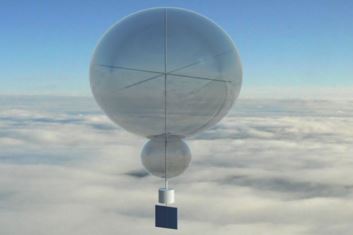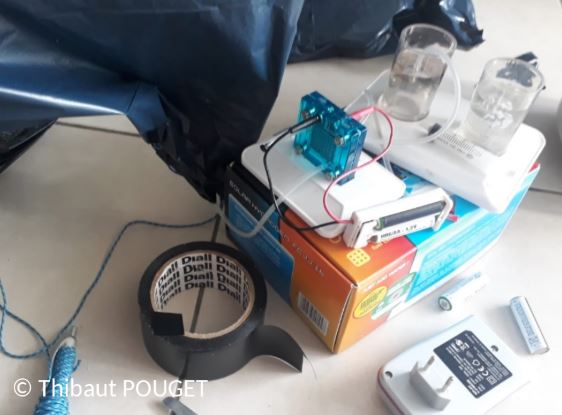Atmospheric Low-cost and In-situ Venus Exploration
This should be the first step in the renewal of Venusian exploration in situ. The goal is to make a balloon that would stabilize and study the layer of clouds. An aircraft operating in this environment could teach us a lot about the composition and behaviour of the atmosphere. The addition of an ability to change altitude would allow to study more layers but also to maneuver by playing on atmospheric convection. Such a mission could be sent alone or combined with other components within a multi-platform mission. Pairing with an orbiter would allow for a communication relay, but also to precisely locate the balloon and contextualize the measurements. If the mission also carries a lander, the balloon could occupy a place in its heat shield as for Vega.
The idea is to carry out a simple atmospheric mission, for a price and minimal complexity. In order to minimize costs, it would be interesting to graft this atmospheric platform to a mission to Venus or to use it to do gravitational assistance. To consider this, it is important to avoid techniques that could endanger the main mission.

Below are the main points to study to develop this atmospheric platform:
- Balloon inflating system: For now, a promising solution is the use of lithium hydride, which in contact with water produces hydrogen and lithium hydroxide. In order to increase the ratio of hydrogen produced to washed materials, lithium hydroxide can be reacted with atmospheric CO2 to produce Li2CO3 (a waste to be dumped) and water that would react with more lithium hydride to produce more hydrogen.
- Control system (optional): One possible solution to control the altitude of the balloon is to use a reversible fuel cell, a small water supply and a small volume balloon that can hold oxygen. Thus water can be electrolysted to increase lift and recombine to reduce it (while recovering some of the electrical energy invested for electrolysis).

- Communication system: It is necessary to study how the balloon can communicate with the Earth. Several options should be prepared depending on whether or not there is an orbiter capable of being a relay. At the moment no architecture is preferred, but it might be interesting to see how a weather or altimeter radar could be used to communicate scientific observations.
- Scientific payload: The last point to study is scientific instrumentation. For the first missions, it would be important to bring cameras in order to report images that are understandable to the public in addition to pure scientific data. Indeed, we know that for Mars, the images taken by rovers are an engine of colonization dreams. The presentation of the cloud panoramas in the process of evolution would surely allow us to visualize the proximity of the conditions with the Earth. As for planetary science, the Vexag considers that an atmospheric platform could respond to most of the identified investigations.